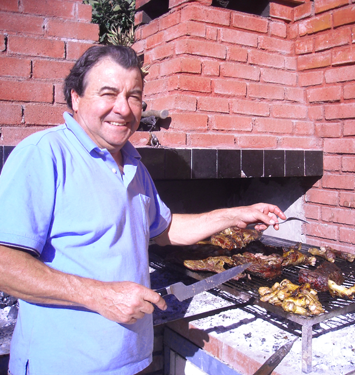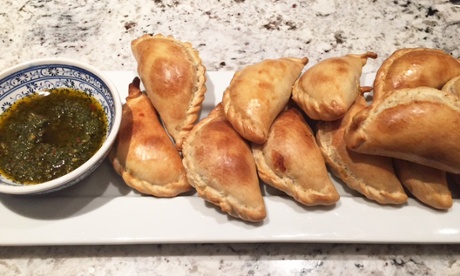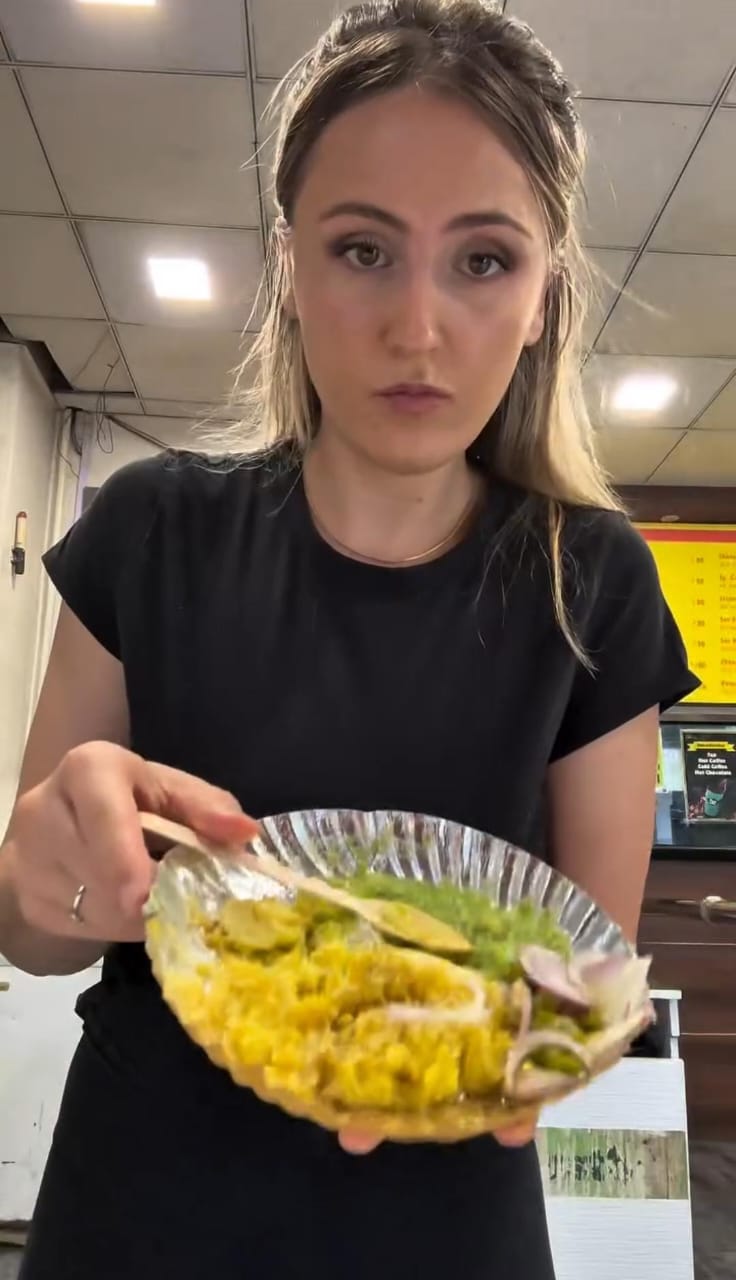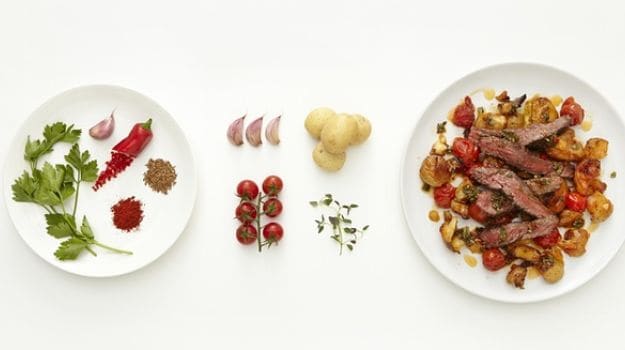Chimichurri can be used on scrambled eggs and sandwiches, in tortillas – and best of all, on grilled meats. Photograph: Johanna Parkin As interest in Argentinian food grows, the condiment is now being sold in some chain stores in the US – but the most authentic versions are homemade.It might be a bit kooky to refer to a condiment as a family member, but that’s exactly how Ailin de los Santos feels about chimichurri.
Growing up in Los Angeles, chimichurri was a staple in Ailin’s home. Her father, Elvio, used a recipe passed down from his own father, who worked on ranches in Argentina. A bowl was always sitting on the table, accompanying all the dishes served at their table.
It was so tasty that family and friends would badger Elvio to “bottle the stuff already”. In 2013, Ailin quit her job and made it her mission to introduce the recipe to US homes.
She tells me the condiment’s name comes from the Basque country (tximitxurri means a mix of everything). In Argentina, it is as common as ketchup is in the US – it’s a staple made at home, with each family having its own recipe.

Chimichurri is usually served during asados (barbecues) – a family event which, if you know anything about Argentina, is taken very seriouslyby all ofits citizens. This includes construction workers, who are routinely spotted making an asado on the sidewalk during their lunch break. Everyone owns at least a small barbecue, and the eating experience is an entire production lasting hours.
The asador usually starts by handing over grilled chorizo sandwiches, followed by other grilled meats; each participant picks their favourite slices, choosing between medium rare to well done cuts.
Chimichurri is passed around in a big bowl with one spoon, making it a communal experience (the same goes with mate, which is shared with a straw); this is why Ailin treasures the condiment so much. Simple salads – nothing more than lettuce, tomatoes and onion – and empanadas complete the feast.
There are a million other ways to eat it. I personally love it on manchego and crackers, or served on top of fried eggs with fresh tomatoes and avocados. Ailin has had it on everything – including a doughnut. Her favourite way to eat it is with potatoes, but chimichurri is also great on grilled vegetables with tofu, or on white fish.

As interest in Argentinian food grows (chimichurri is now sold in Prêt a manger chains in the US – a sure sign of its success), a million and one recipes offer variations, urging cooks to try it with coriander or even kale. But if guacamole-gate has taught us anything this week, it’s that there is a limit to how many liberties one can take with a traditional dish, and Ailin insists you have to try the real thing first.
How you like it will depend on your palate. Elvio’s chimichurri, as sold by Ailin and her father, is slightly spicier than the traditional Argentinian one, since Elvio spent so many years in Los Angeles, where spice is king. The choice in this department is yours.
Make-your-own chimichurri, family style
Make ahead of time, or the morning before you start grilling.
- 2 bunches of fresh parsley (de-stem them first)
- 2 springs of thyme (de-stem them too)
- 2 green onions (scallions)
- 4 or 5 freshly peeled garlic cloves, finely minced
- 1 1/2 tablespoons of crushed chili flake
- 3/4 cup of apple cider vinegar
- 1 freshly squeezed lemon (juice only)
- 2 cups of mild olive oil
- salt and pepper to taste
Combine all ingredients in a bowl, and let it macerate in the fridge. Serve with one spoon for everyone at the table to pass along and share.
Should you have any leftovers, chimichurri will keep for days in the fridge.
Buen provecho!








